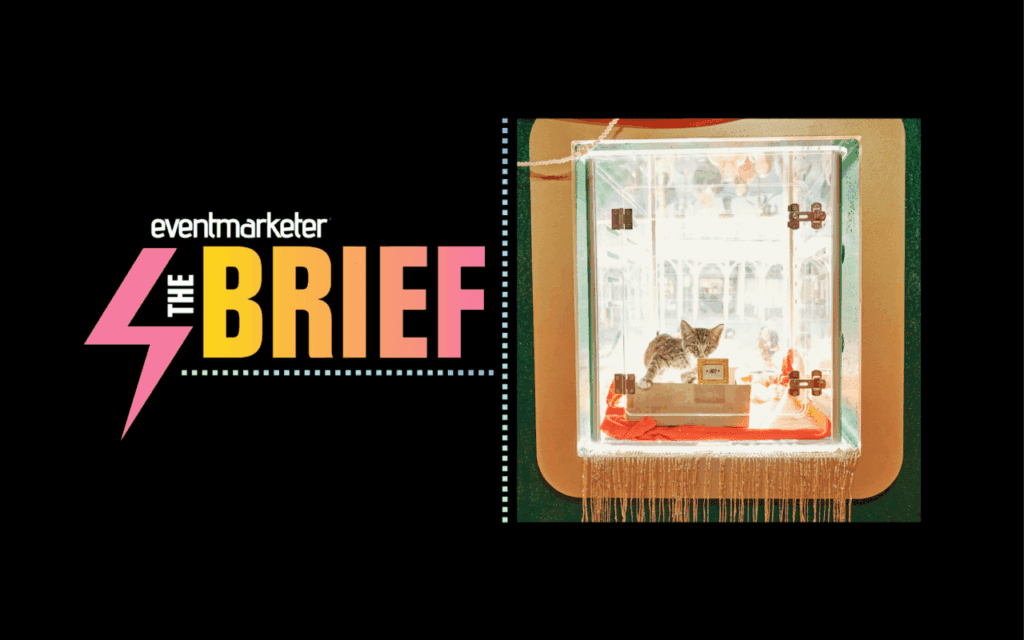Water bottle brand Nalgene needed to upgrade its digital asset management system for its thousands of product images.
The brand was using a system it built on content management system WordPress to manage its assets, said Eric Hansen, Nalgene’s director of marketing. The system was functional and effective but it “wasn’t great,” for the scale of what Nalgene needed.
Nalgene is the lone consumer brand within business-to-business science technology company Thermo Fisher Scientific, a $40 billion annual run rate company.
Nalgene works with hundreds of retailers and distributors to sell its products. It may have 50 water bottle styles at any given time, with up to 50 colors or patterns for each style. This results in 200-300 SKUs with images Nalgene has to manage.
To help maintain its ever-growing asset collection, in 2020 Nalgene selected a digital asset management system based on a recommendation.
After it upgraded to the new system, within weeks Nalgene realized the system was not user friendly for what it needed. The vendor had a good product and had nice people to work, but the software wasn’t a good digital asset management platform, which is how the vendor marketed itself, Hansen said.
“If you weren’t a coder, you couldn’t figure out how to move stuff, how to download stuff,” Hansen said. “Let’s say you wanted to create a package of assets and send it to somebody in the press, or one of our customers. You wanted a logo, a branding guideline, and a couple images. It was like you had to go through 15 minutes of coding to make that work.”
Nalgene updates it data asset management system again
After about a year, Nalgene decided to switched platforms again.
“It was just a productivity drain for myself and the other people on our team,” Hansen said. “We spent so much time fumbling around that system that it just wasn’t worth the investment.”
This time Nalgene met with several vendors before selecting a platform, and it went with another recommendation, Image Relay.
After about two weeks of implementation, Nalgene went live with Image Relay in late 2022. The productivity gains were immediate, Hansen said.
“We decided to go with Image Relay largely because we find their system to be just so incredibly intuitive and easy to use. And not just for super-users, like myself, who are in it all day long, but even for people who don’t use it very often, it’s just super easy, super intuitive,” Hansen said.
One of the best features of the new platform is the metadata, Hansen said. This allows Nalgene to tag each water bottle with attributes, such as “green” and “wide mouth.” Then, employees can search and quickly find images of products and lifestyle photos with those features.

The new platform allows Nalgene to have a new batch of lifestyle photography loaded into the database with metadata in five minutes.
“From a pure productivity standpoint, it’s an absolute time saver,” he said. “Instead of wasting time on kind of menial tasks like uploading and loading and sharing files, it’s an absolute game changer.”
It also saves time for distributors or retailers that need to access the platform to obtain the images, Hansen said.
Image Relay charges clients $15,000-$50,000 annually for its software, which Hansen said is worth it.
 Network
Network

